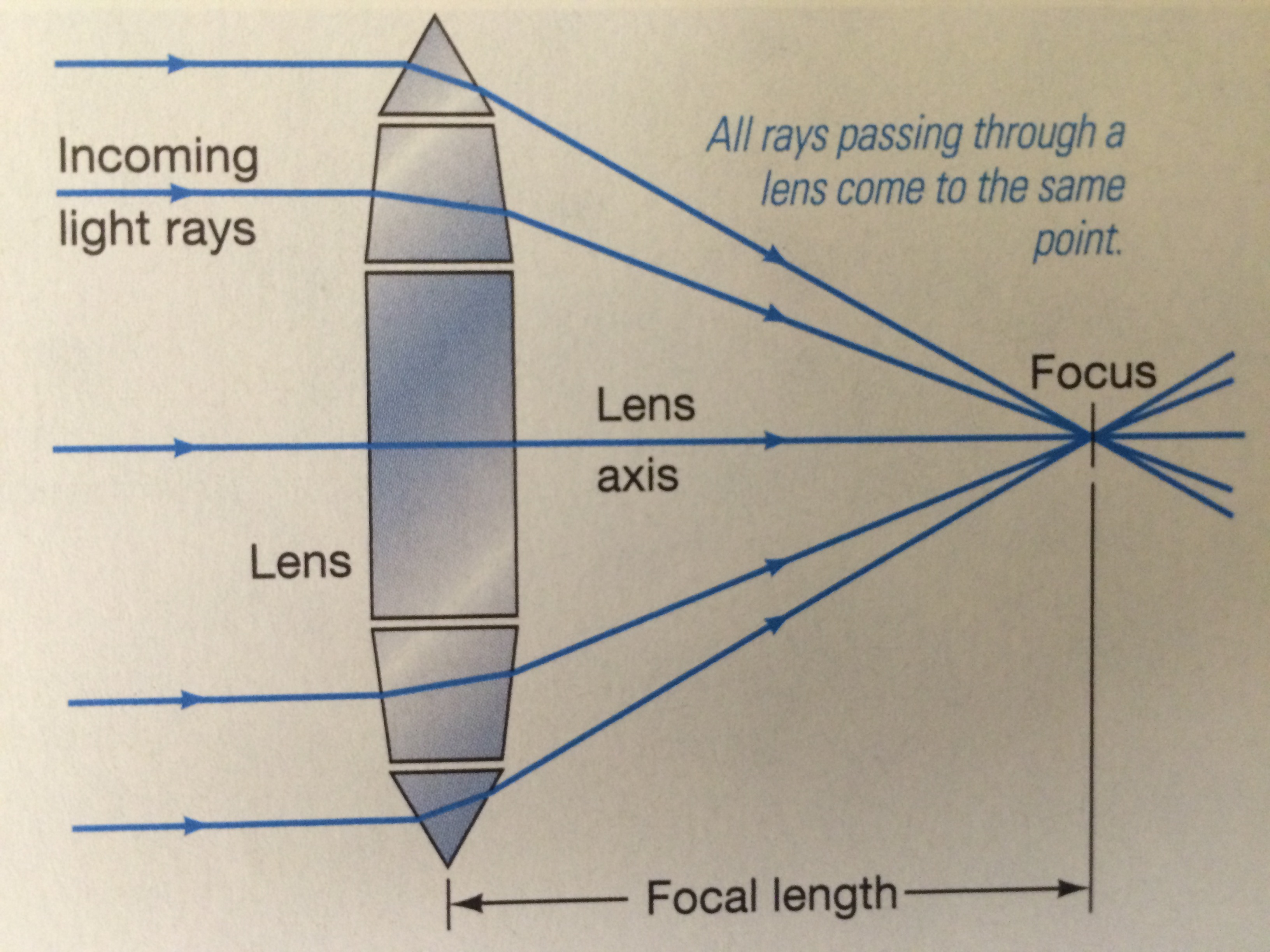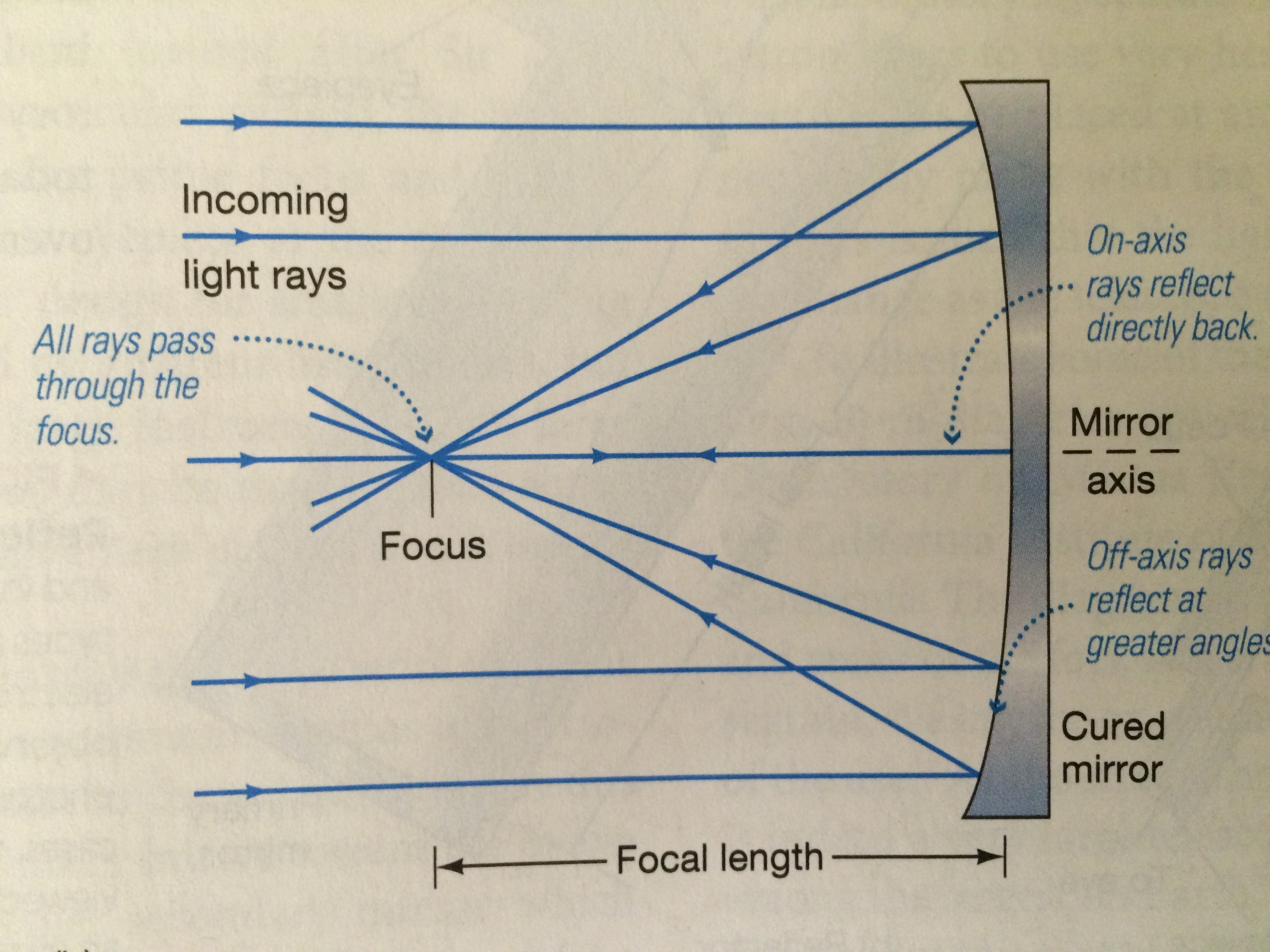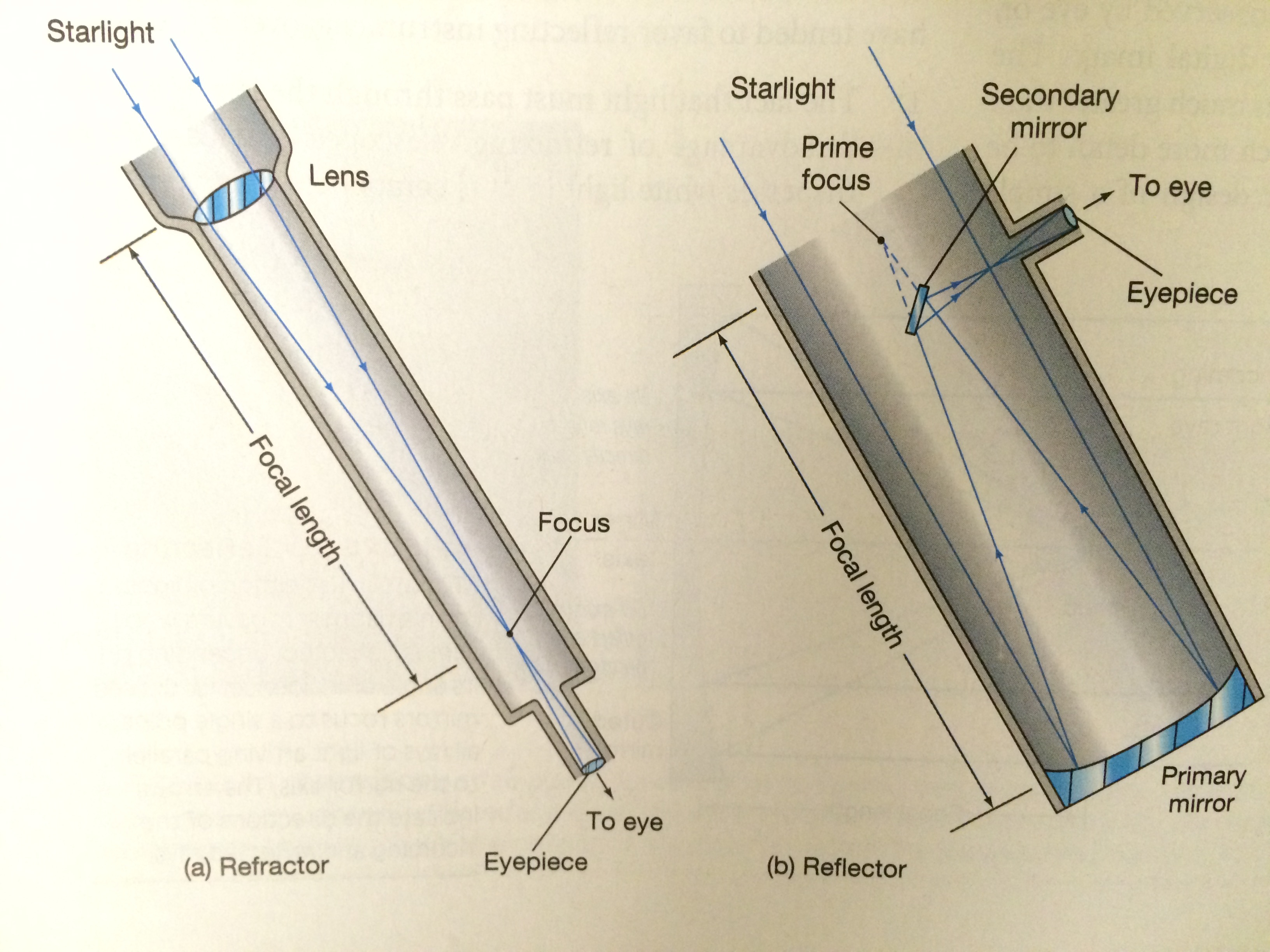Telescopes: Difference between revisions
Wgreenwald3 (talk | contribs) No edit summary |
Wgreenwald3 (talk | contribs) No edit summary |
||
| Line 12: | Line 12: | ||
===Refracting Telescopes=== | ===Refracting Telescopes=== | ||
IMG 3035.JPG] | [[File:IMG 3035.JPG]] | ||
===Reflecting Telescopes=== | ===Reflecting Telescopes=== | ||
IMG 3036.JPG | [[File:IMG 3036.JPG]] | ||
[IMG 3038.JPG] | [[File:IMG 3038.JPG]] | ||
===Different Models of Reflecting Telescopes=== | ===Different Models of Reflecting Telescopes=== | ||
[IMG 3037.JPG] | [[File:IMG 3037.JPG]] | ||
==Connectedness== | ==Connectedness== | ||
Revision as of 23:23, 5 December 2015
Telescopes are tools used to study the night sky. The key to any telescope is getting as much information from the night sky as possible. This is done by taking advantage of the physical properties of light.
The Main Idea
Telescopes utilize systems of Mirrors and Lenses (sometimes very complicated) to take as much information from light as possible.
Important Equations
Magnification is equal to the focal length of the objective lens divided by the focal length of the eyepiece.
Refracting Telescopes
Reflecting Telescopes
Different Models of Reflecting Telescopes
Connectedness
As an aerospace engineering major, I found this topic to be very related to my major. Aerospace vehicles are often used to place telescopes in better locations for observation.
History
Put this idea in historical context. Give the reader the Who, What, When, Where, and Why.
External links
References
Chaisson, Eric, and Steve McMillan. "Astronomy Today." Astronomy Today. Pearson, n.d. Web. 05 Dec. 2015.



